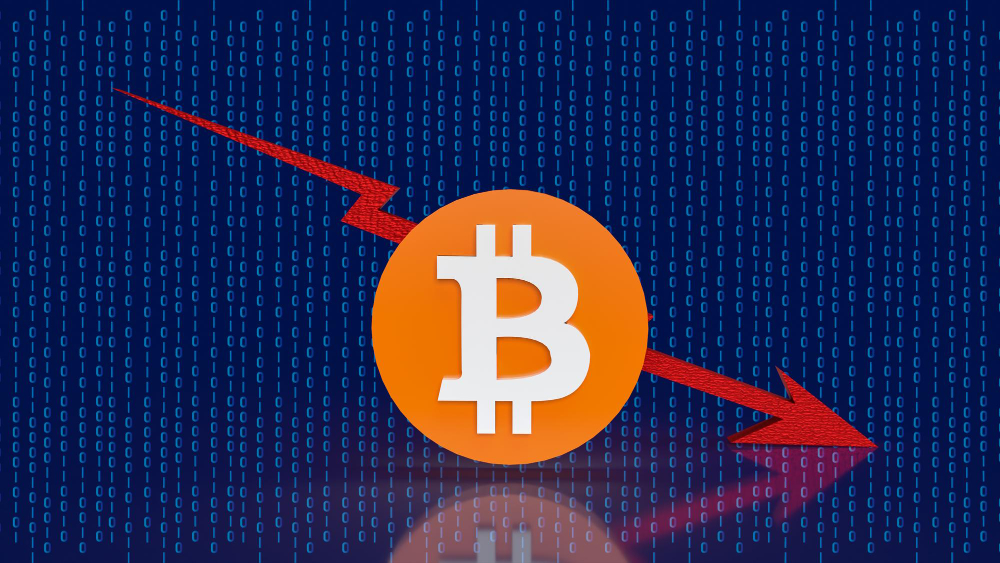The Bitcoin Crash: The Six Phases of Asset Bubbles
Numerous asset bubbles have grown and burst throughout history, and it is a foregone conclusion that more will do the same. Because herd instinct has been programmed into the human brain over hundreds of thousands of years of evolution, bubbles tend to repeat frequently. Every Bubble feels distinctive in its distorted way despite the recurrence. But having examined many of them, I’ve discovered that investors may safeguard themselves by being aware of the direction that most of them take. The most recent illustration, which matches the pattern well in terms of bubbles, is the crypto-mania of the 2010s and 2020s.

Stages of a Bubble’s Life
1. An innovative new product with prospective mass-market applications
Except for tulip manias, asset bubbles often develop around an up-and-coming technology that has the potential to change society fundamentally. Consider railways, consumer electronics, e-commerce, and canals. Asset bubbles are hard to spot at the time due to mass market appeal. They can only occur when many people think they aren’t happening, ensuring that the clamor of the multitude drowns out the doubters’ worries.
According to the circular reasoning of cryptocurrency supporters, cryptocurrencies are the cornerstone of a new uncontrolled, decentralized banking market that will supersede centralized banking and fiat money. They overlook that central banks were developed primarily to lessen the risks associated with an unrestrained, decentralized financial system.
2. Early investors profit handsomely
Early movers have a clear advantage and frequently produce enormous profits. Nonetheless, they often attribute their success more to chance than to talent. They just arrived first at the buffet. However, Louis D. Brandeis noted that the imperfection of human nature hinders folks from being accurate judges regarding their deservings, as Louis D. Brandeis pointed out. The early investors brag about their successes and attribute them to their financial knowledge. They are encouraged by praise in the media and get more investors to join the rush, which further boosts their fortune. The ego hype cycle worsens, and the fortunate early adopters, the Sam Bankman-Frieds, are hailed as the market experts of a new era.
3. Late Adopters inflate the Bubble.
The fear of missing out (FOMO) inspires many more people to join the frenzy due to the heedless evangelism of these recent gurus. Price escalation exceeds even the most hopeful measures of intrinsic value due to the influx of new money. To make sense of the madness, new investing concepts are devised instead of tried-and-true ones. A well-regulated financial system created to avoid the precise abuses that cryptocurrency exchanges participate in is no longer necessary for dot-com enterprises, which must attract customers rather than revenues.
4. The Money Supply Is Limited.
A stage when the craze may finally reach inflated asset prices and difficult employment conditions fuel inflation. In response, central banks tighten monetary policy and decrease the money available to raise higher prices. Investors in cryptocurrencies are increasingly feeling this strain. Without action from the central bank, the craze can continue until the money runs out on its own. The deflation death spiral can not be stopped or mitigated when the crash occurs. The pain of such an experience may be seen in tales from the so-called “Hard Times” around the middle of the nineteenth century.
5. Fright and Crash
Sellers outweigh purchasers when the supply of new capital declines. Investors quickly conclude that the idea might not be as revolutionary or lucrative as they had imagined. The agony of declining asset values rapidly gives way to fear of potential total capital loss. The asset’s price plummets. Investors who lost money later learn that many firms and bubble proponents were, at best, overly enthusiastic and, at worst stupid thieves or blatant crooks.
6. Ignore and Repetition
Investors who have learned their lesson promise never to repeat their errors. For practical reasons, however, it should be expected that the financial memory would only persist for a maximum of 20 years, according to John Kenneth Galbraith. Yes, only some investors follow through on their commitment within a couple of decades. Michael Saylor is an excellent example of this rule: He was trapped in the 21-year-ago dot-com and recent crypto booms.
Defending Against the Next Bubble
How might we fend against the next asset bubble’s updraft? It won’t be simple, but adhering to a few guidelines could be beneficial.
1. Refuse to Use Time-Cheating Devices
Hetty Greens and Warren Buffetts, history’s greatest investors, exhibit incredible patience. They know that making money with investments is more like waiting for the paint to dry than winning the big prize at the casino. Victims of asset bubbles frequently struggle with the want to speed up the process of turning a small sum of money into a large one. Yet investment has more dead ends than there are quick fixes. This concept will assist us in seeing bubbles as what they are and prevent us from converting a lot of money into tiny ones.
2. Be Ready to Be Alone
Bubbles grow only when a large section of the market thinks the excitement is warranted. This then intensifies FOMO. Seldom is the voice of reason heard. Merrill Lynch founder Charles E. Merrill cautioned that stock values had risen to ludicrous heights in the years leading up to the Great Depression. He was right, but before the crisis in October 1929, the market soared for over a year. He endured constant mockery throughout this time and began to doubt his health before seeking mental care.
The vital thing to keep in mind is that few people will agree with your judgment if you can spot asset bubbles. The close relationship between the extent of a contrarian’s loneliness and the quantity of cash accessible to fuel an asset bubble may be the only solace. The drop will eventually burst if there’s nobody left to fuel it. In other words, the more alone a dissident thinks, the nearer the Bubble is to pop.
3. Get advice from successful but doubtful investors
Asset bubbles don’t have to fool us. Some investors have a lengthy profitable trading history and have consistently avoided them. Nowadays, the duo Warren Buffett and Charlie Munger are the most notable examples. Neither have they participated in the dot-com boom of the 1990s, the crypto-mania of the 2010s, or the go-go stocks of the 1960s. They might have missed a few chances all along the way, but it hardly takes away from their successes. “When you ask somebody whether something is real and they tell you that it’s not fully true, it’s usually by-and-large true,” a young employee of Ray Dalio’s Bridgewater once said. Here, a corollary principle is applicable.
Hence, we should pay attention when Buffett or Munger says that the cryptocurrency frenzy is a fantasy that draws con artists and that investing in it is “an investment in nothing.”
4. Treat financial history research as a job.
Each financial event and asset bubble may be compared to at least one fascinating historical event. The present is more normal than most people believe if investors heed historical financial statements’ teachings rather than the financial headlines’ continual clamor. Investors in the present may miss the beginning of the next Bubble, while those who have researched several prior bubbles are much more likely to spot the warning signs. Thus, we must study financial history as though our fortune were at stake because there is a strong likelihood that it will eventually.
Asset bubbles will always be a part of the financial markets. They are challenging to find and resist. We can use a few of these lessons to refrain from participating in the upcoming one.



